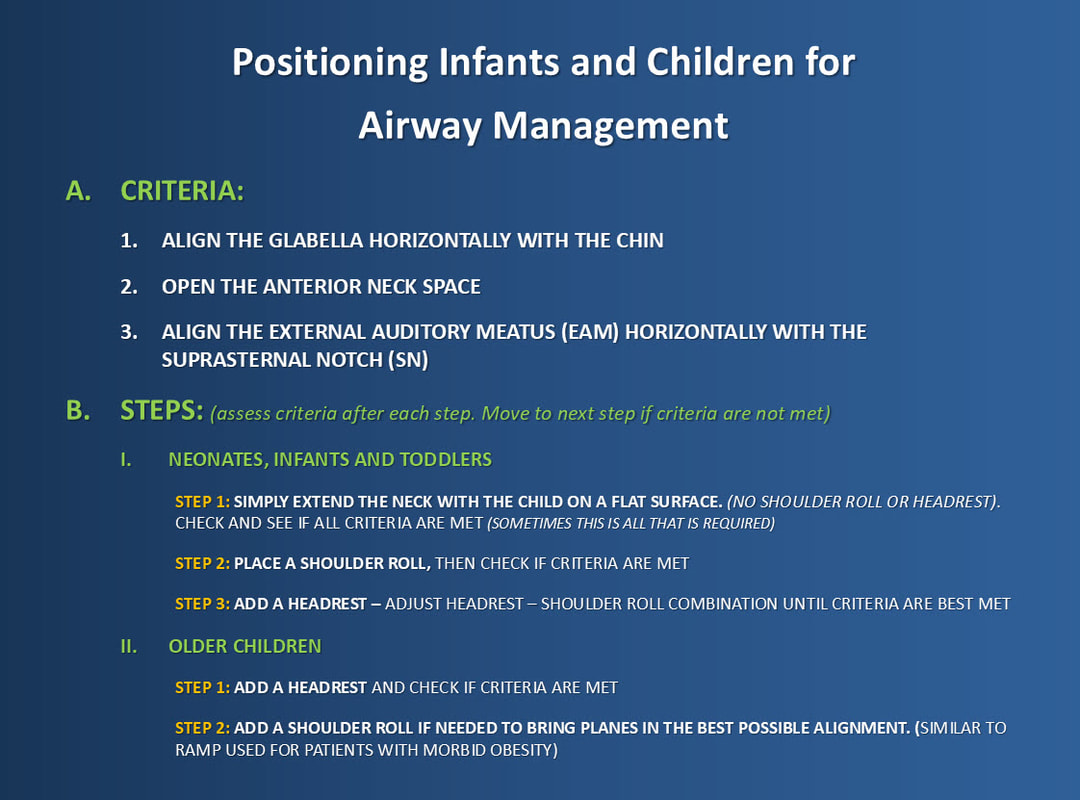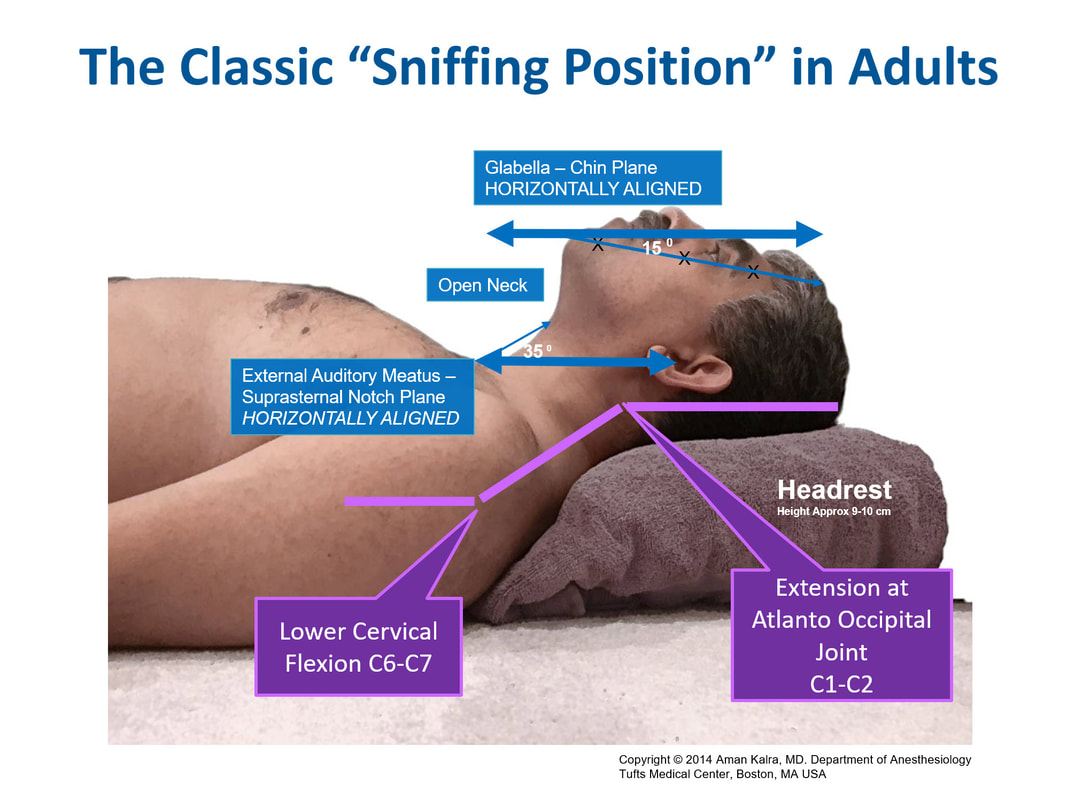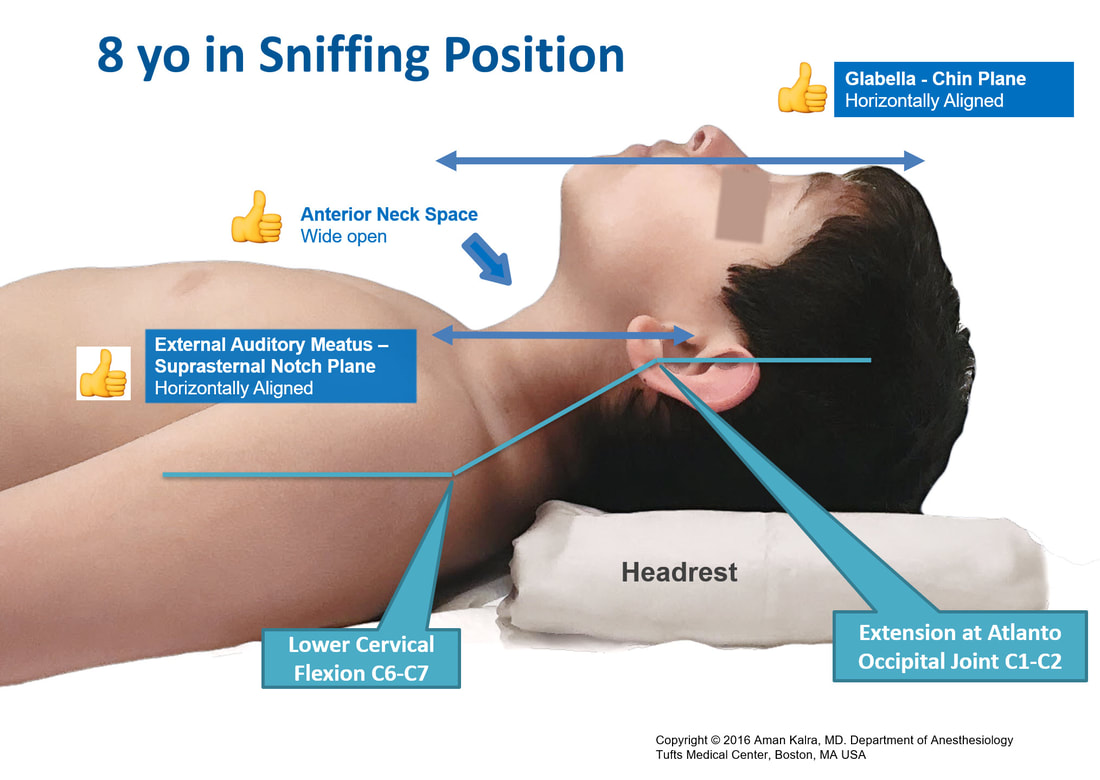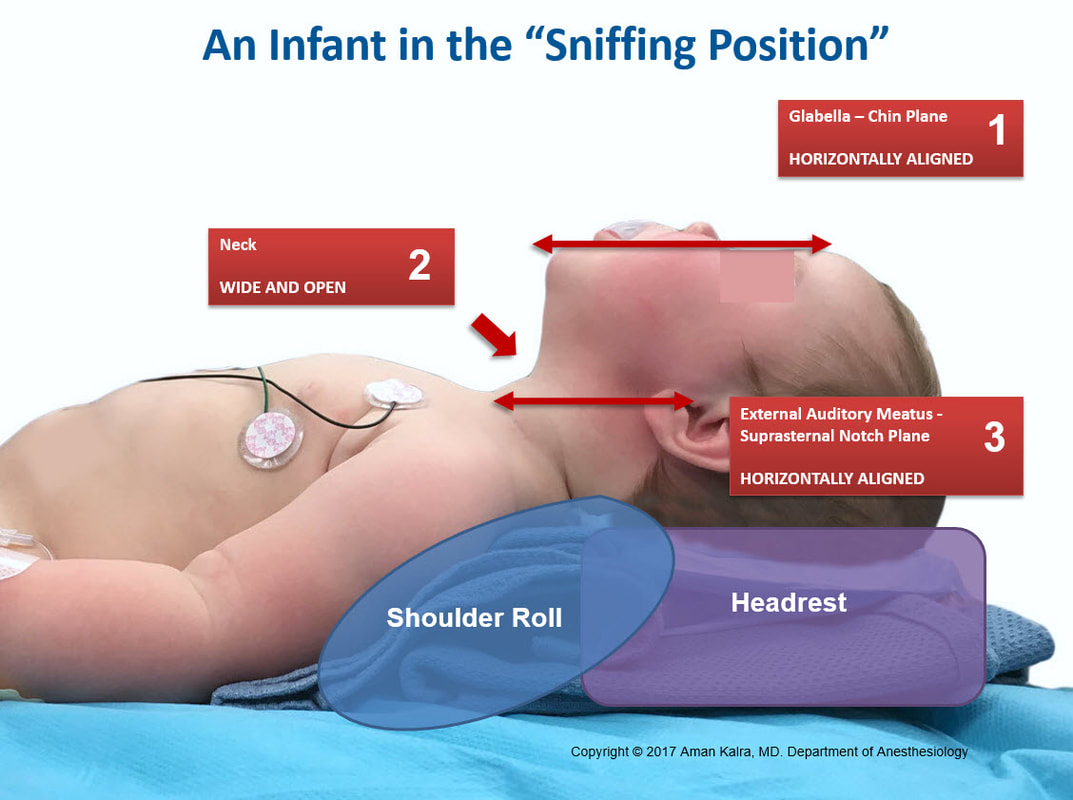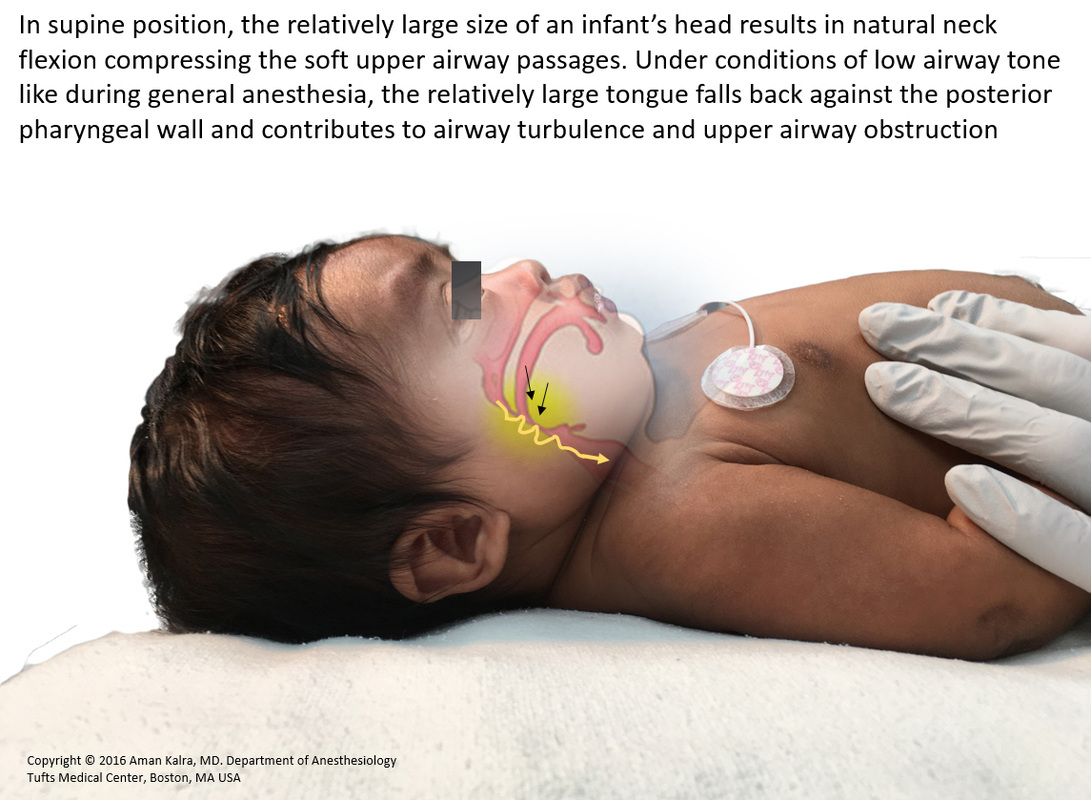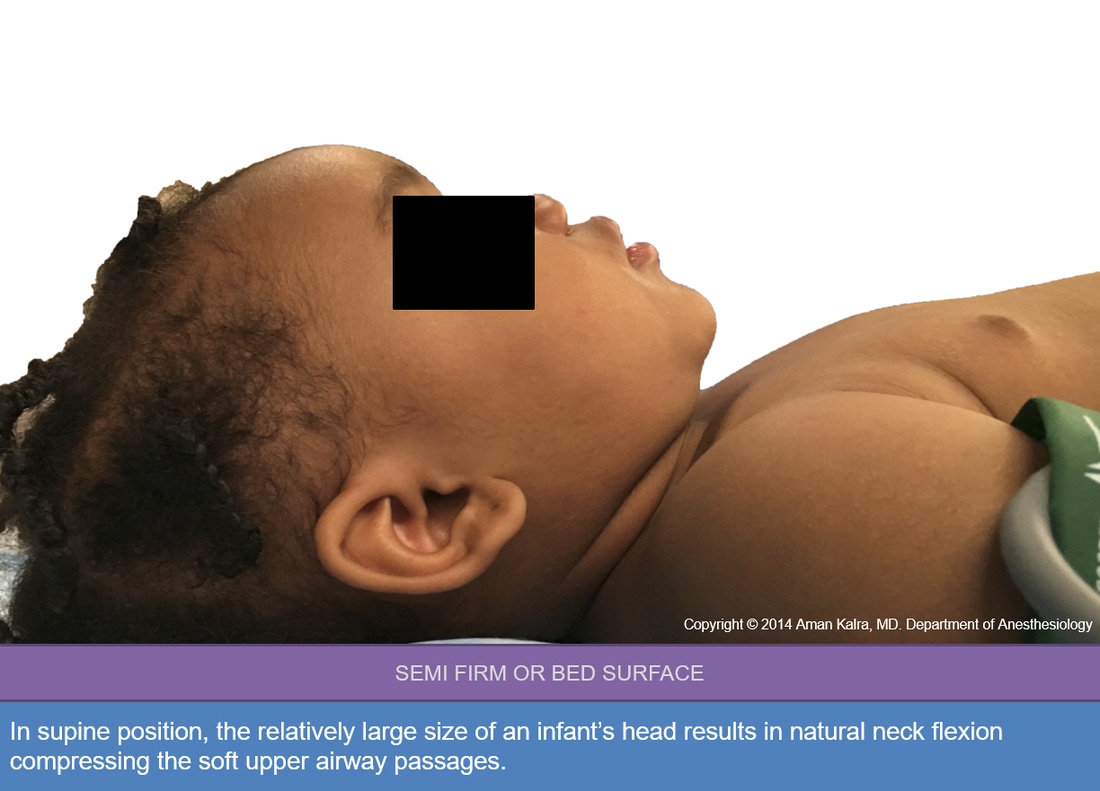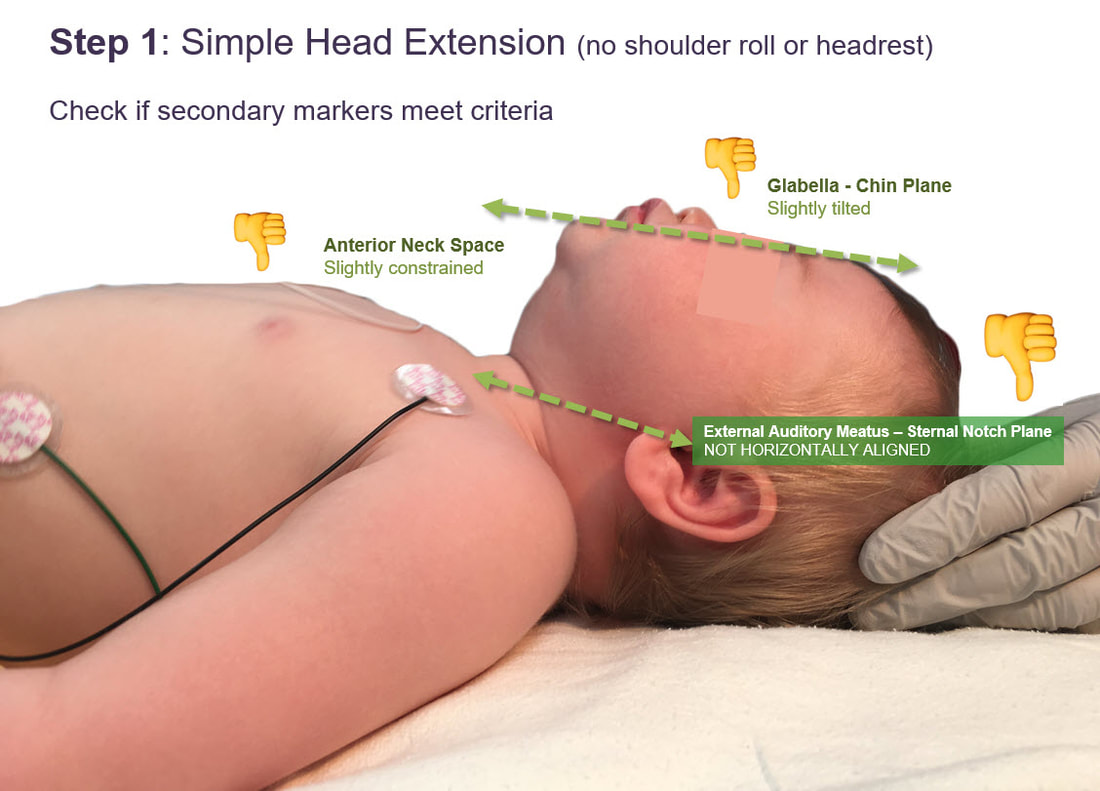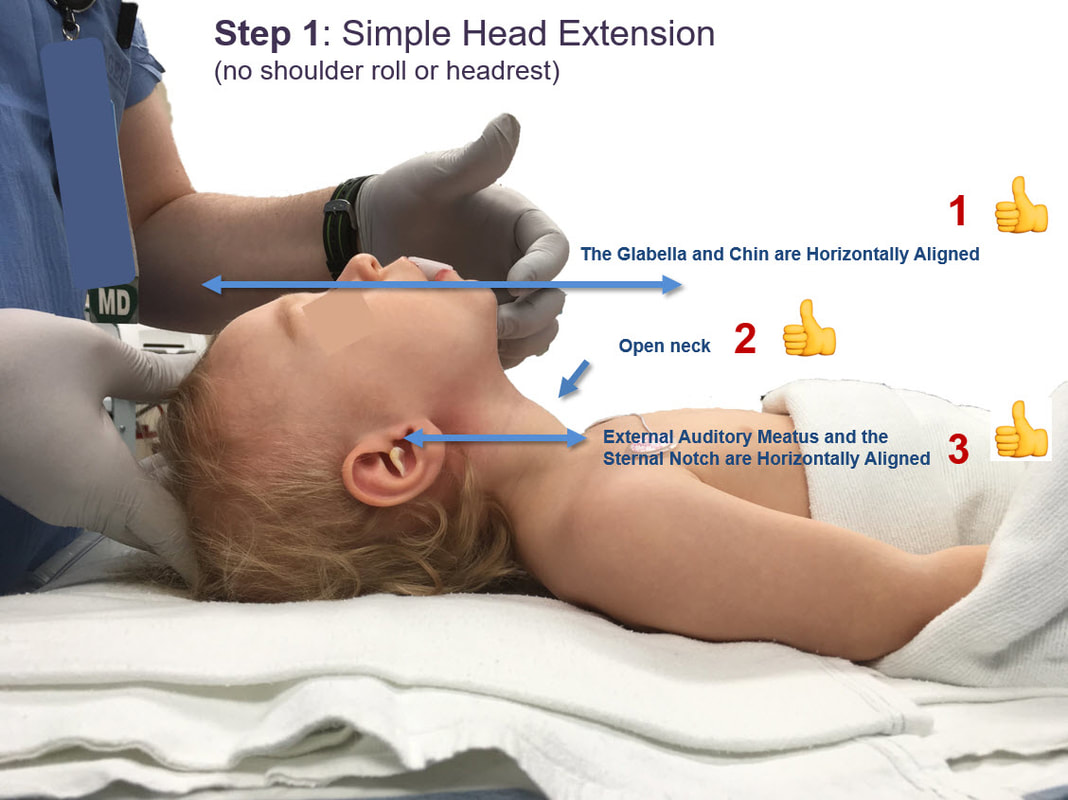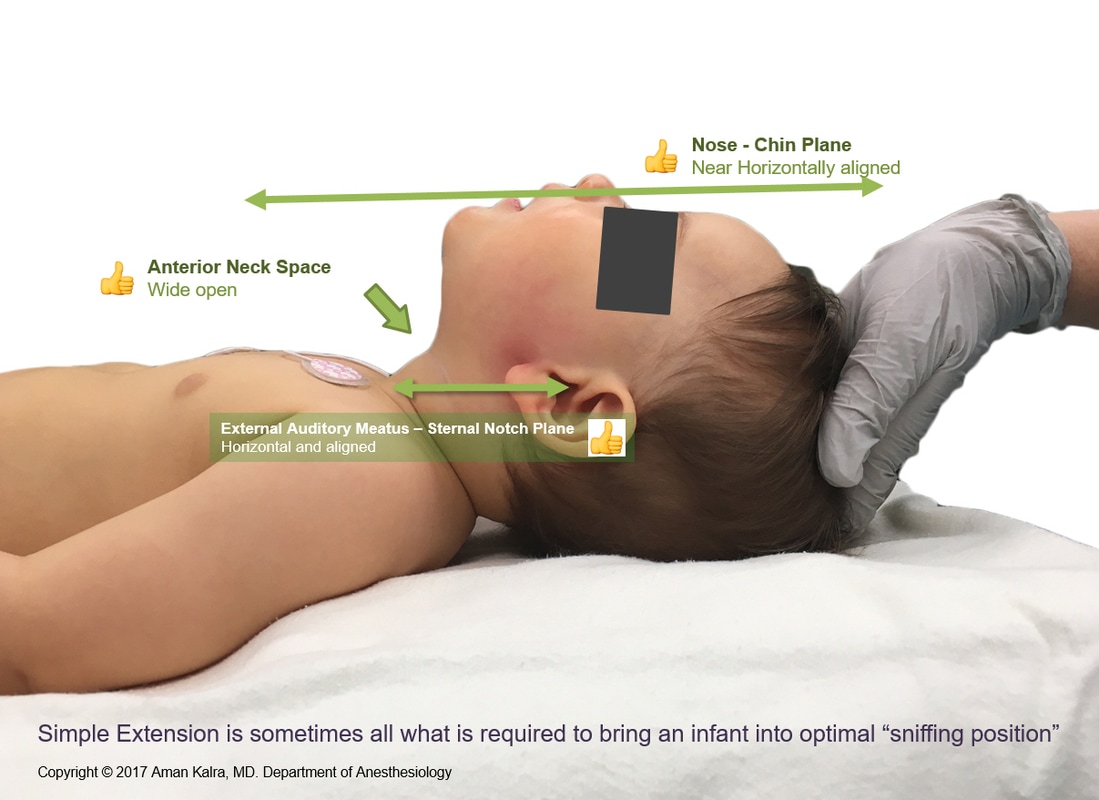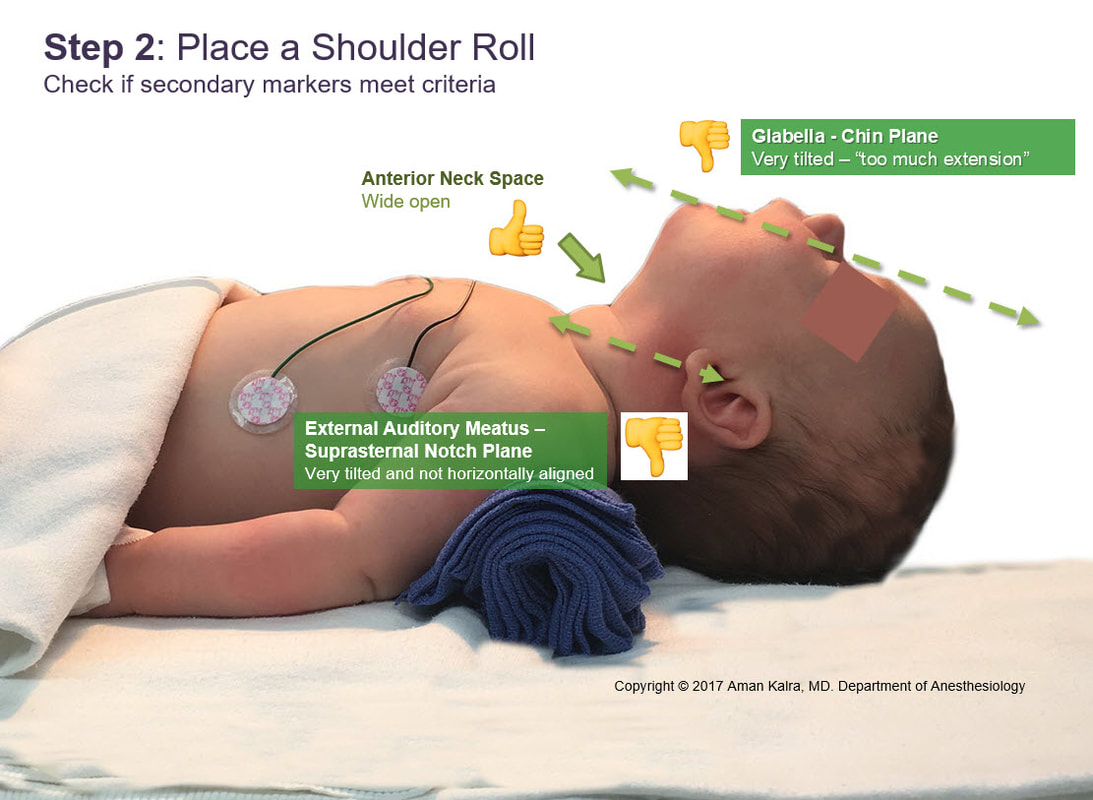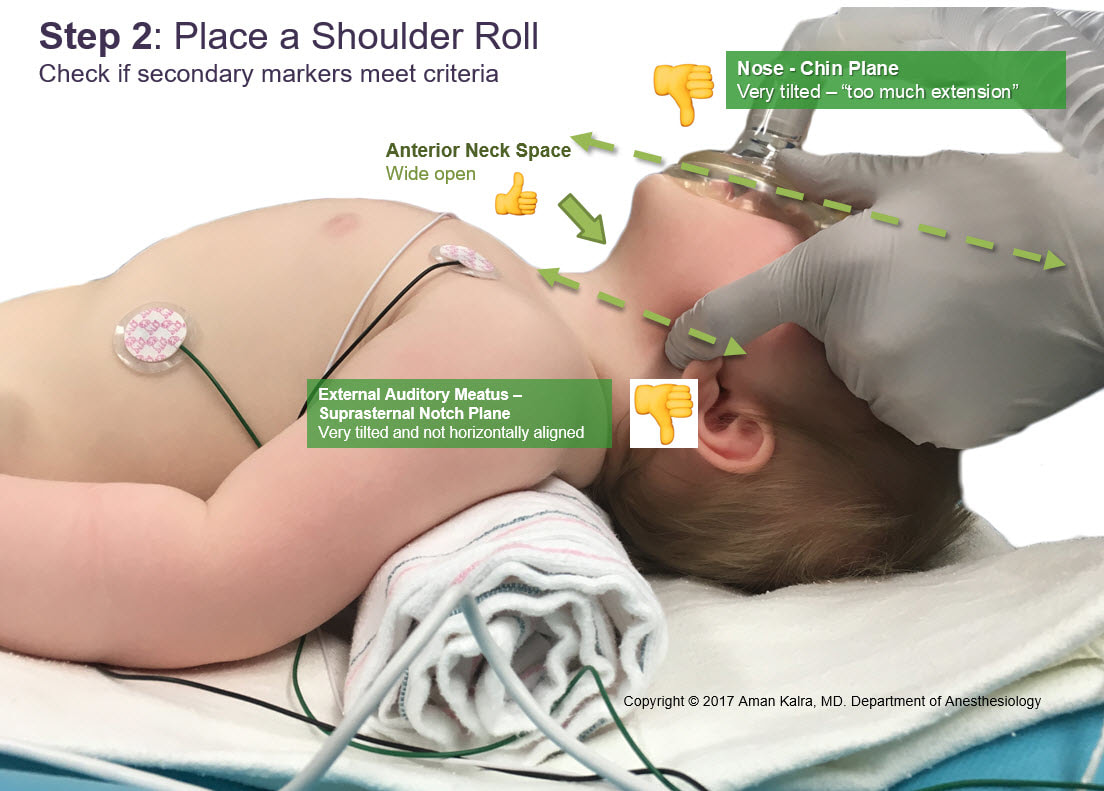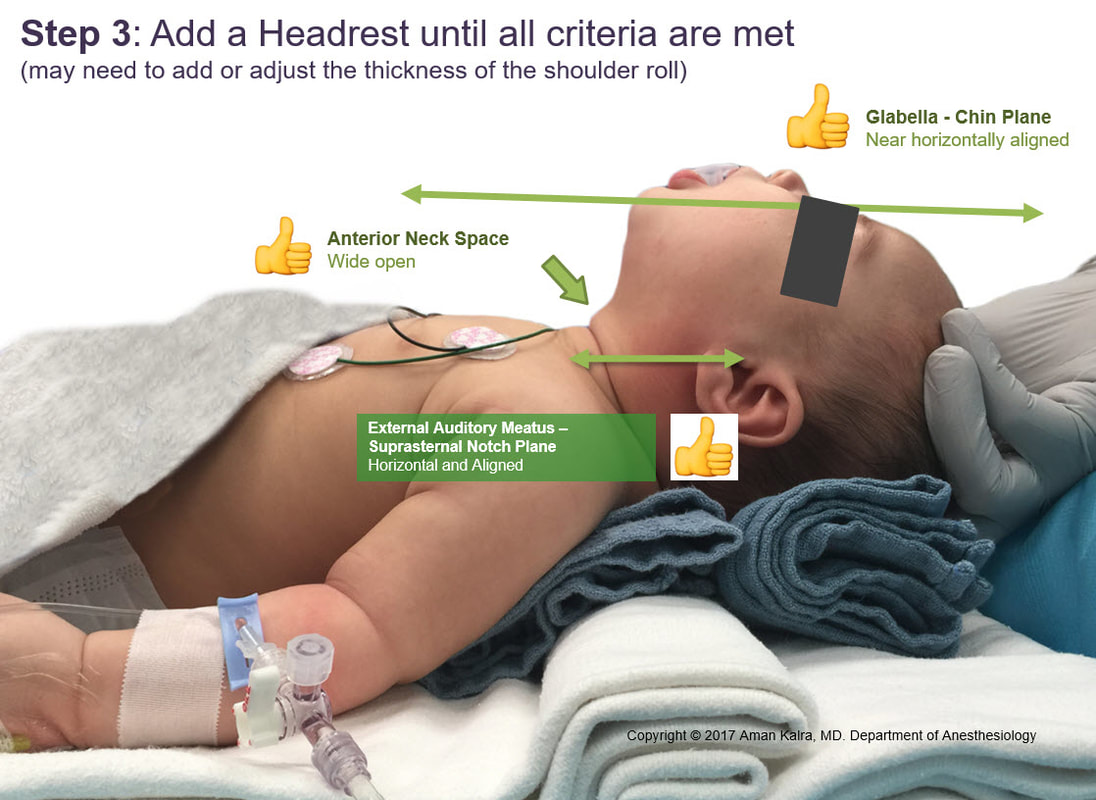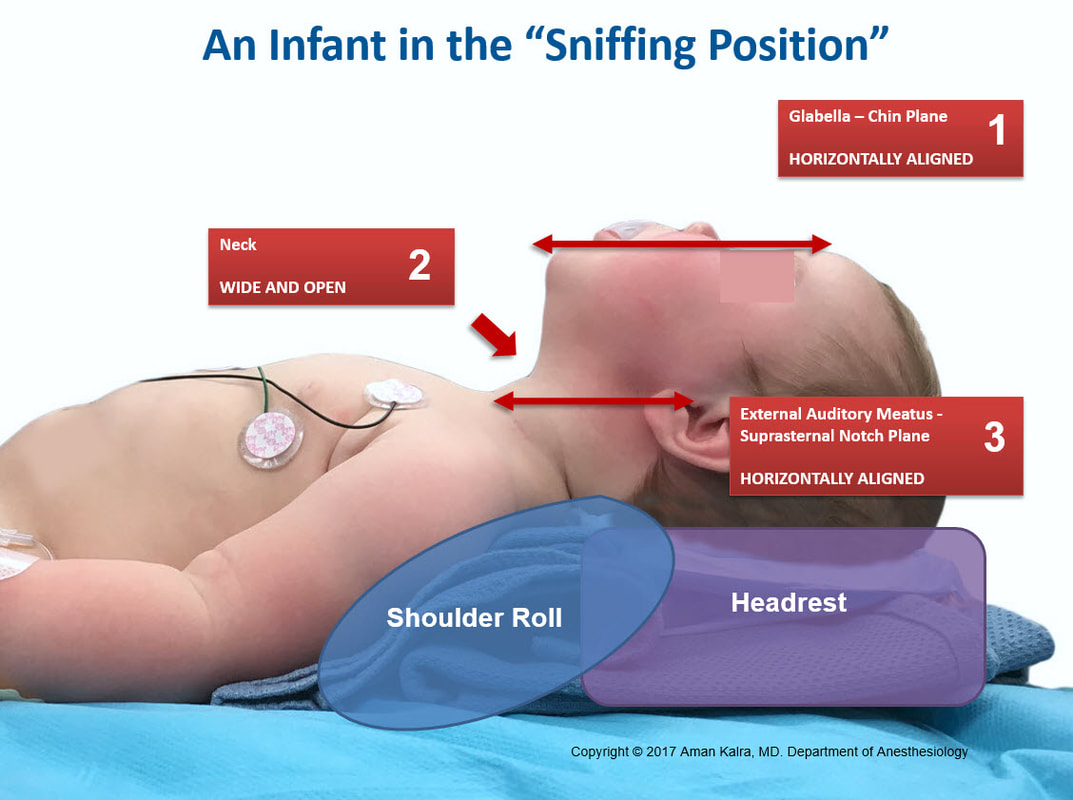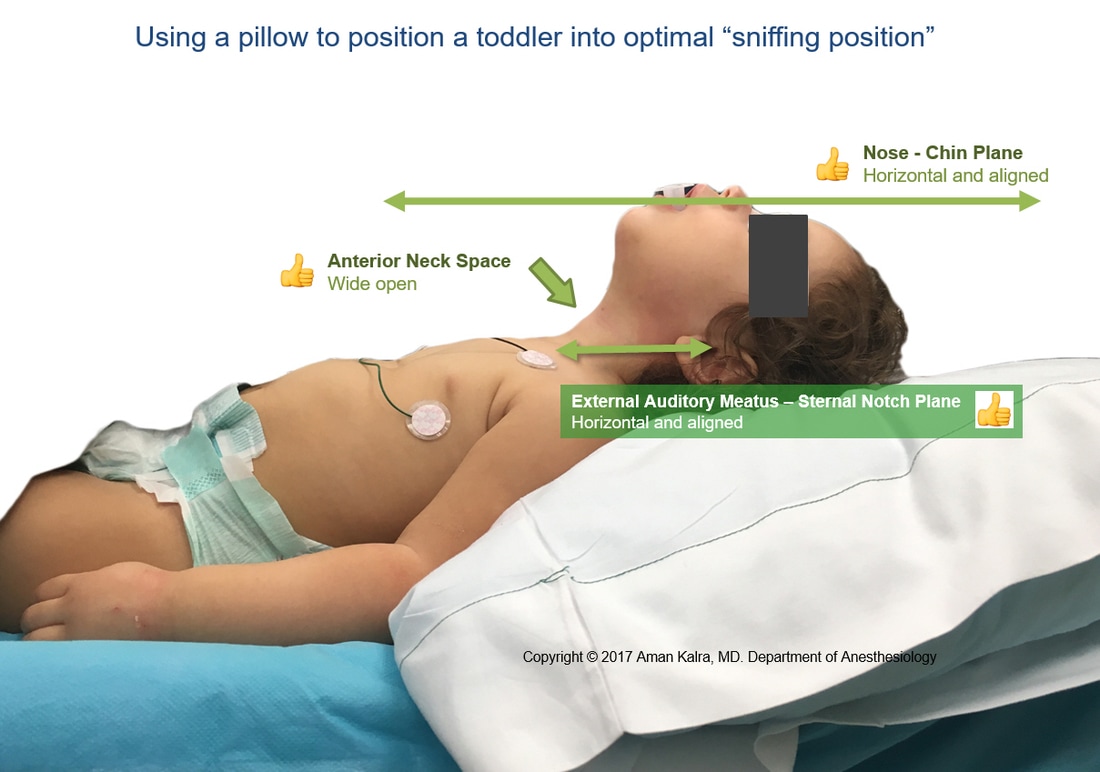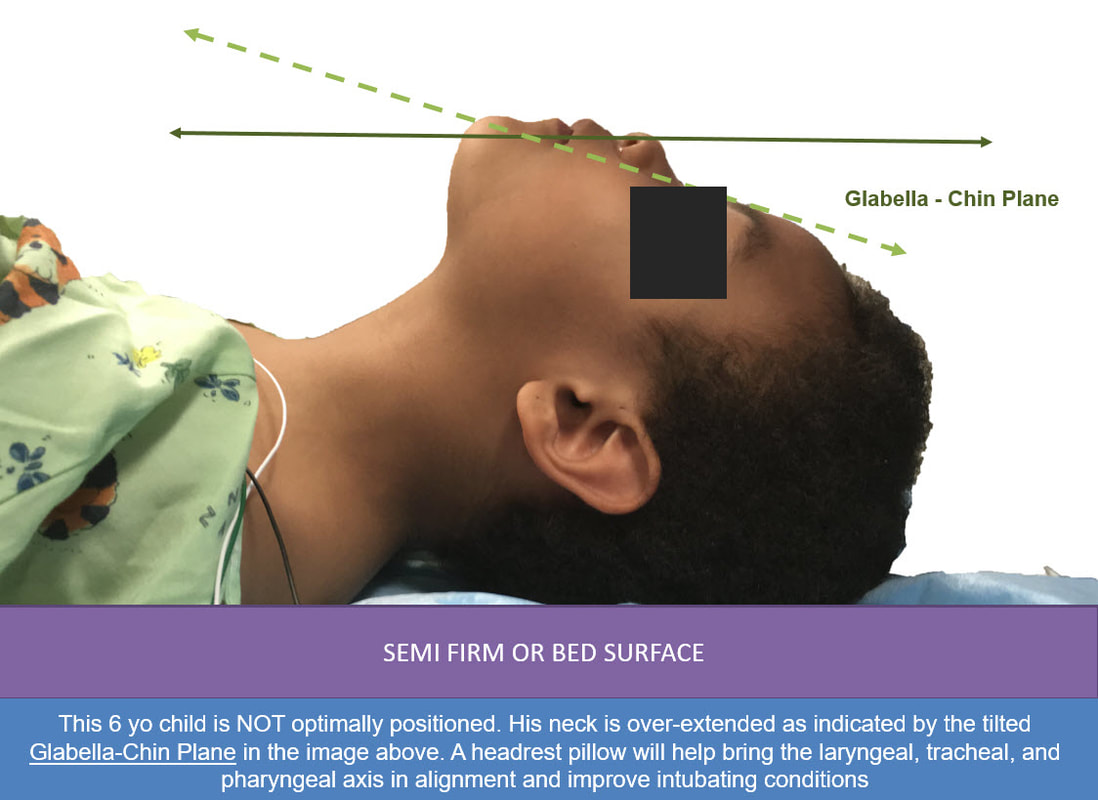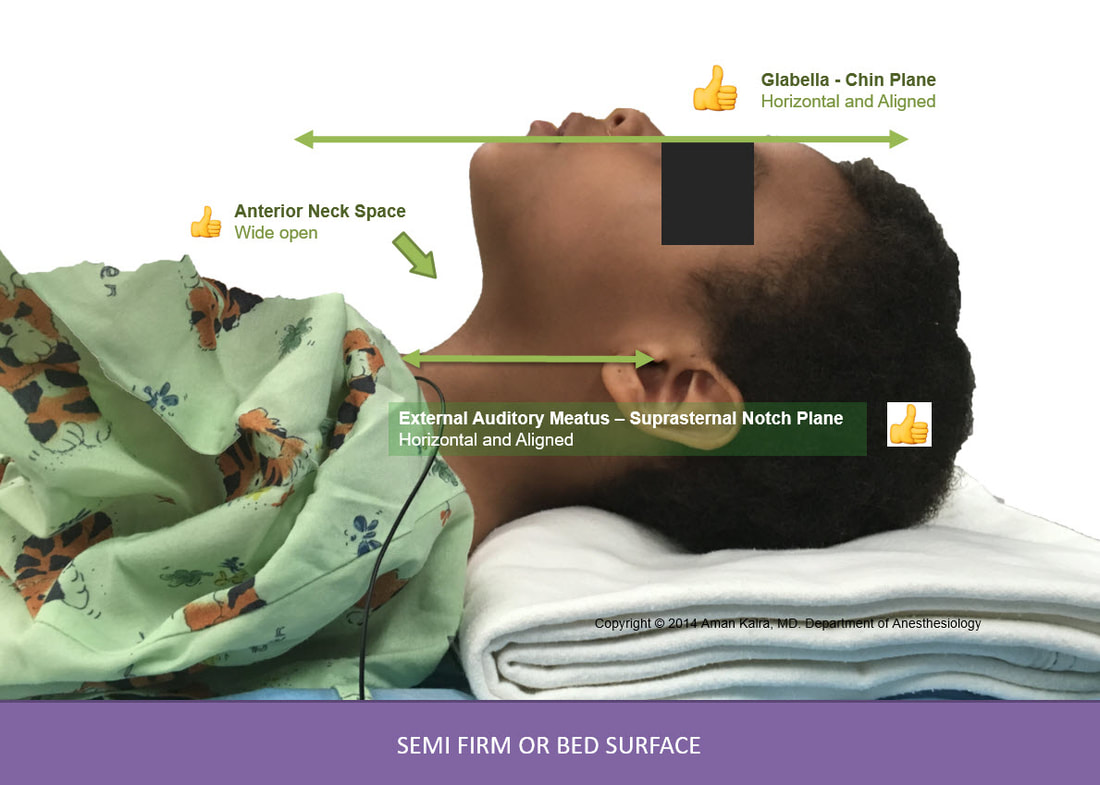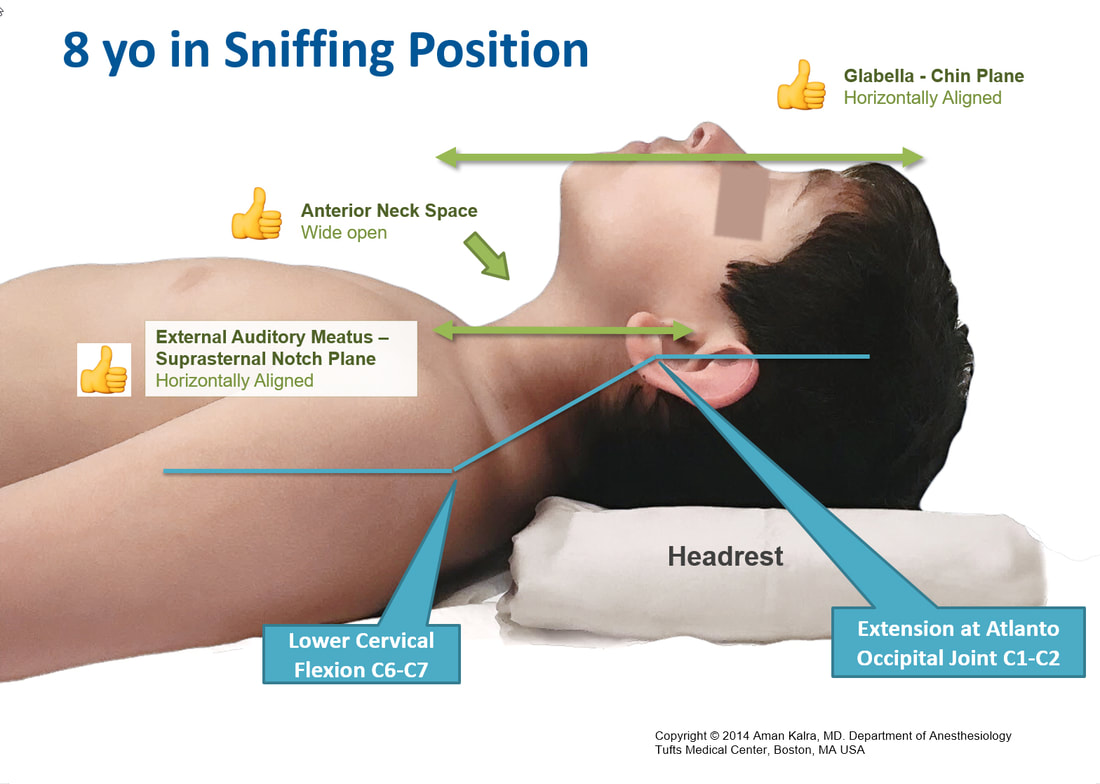
|
|
- HOME
-
General
- About
- Pediatric Anesthesia Fellowship Program
- Pediatric Anesthesia Resident Rotation - Goals and Objectives
- Fellowship Orientation (password required)
- Fellowship Goals and Objectives
- GME Policies (password required)
- Milestones
- Revised Case Logs
- Case Minimums
- Fellow Index Cases
- Pediatric Anesthesia Certification Examination
-
Clinical Information
- What makes Pediatric Anesthesia Different?
-
Pediatric OR Setup HOME
>
- STEP-2 PEDI OR SETUP - BREATHING CIRCUIT
- STEP-3 PEDI OR SETUP - SUCTION
- STEP-4- PEDI OR SETUP - OR TABLE AND PROPS
- STEP-5- PEDI OR SETUP - MONITORS
- STEP-6 PEDI OR SETUP - AIRWAY SETUP
- STEP-7 PEDI OR SETUP - MEDICATION DESKTOP
- STEP-8 PEDI OR SETUP - IV TRAY AND LINE
- STEP-9 PEDI OR SETUP - ACCESSORIES
- STEP-10 PEDI OR SETUP - SUMMARY
- The Pediatric Anesthesia Cart
- Pediatric Normal Parameters and Equipment
- Premedication
- Drug Library
- Standard Drug Dilutions in the Pediatric OR
- Pediatric Airway Management >
- Pediatric IV Insertion Technique
- Perioperative Fluid Therapy >
- Blood Transfusion Therapy >
- Clinical Practice Guidelines
- Single Lung Ventilation (SLV) Techniques
- Regional Anesthesia >
-
PEDI STAT
- PALS ALGORITHMS
- Newborn Resuscitation Algorithm
- PALS Cardiac Arrest
- PALS Tachycardia with a pulse and poor perfusion
- PALS Bradycardia with a pulse and poor perfusion
- Cardioversion / Defibrillation
- Laryngospasm
- EZ-IO Intraosseous Infusion System
- Hyperkalemia
- Anaphylaxis
- Malignant Hyperthermia
- Society for Pediatric Anesthesia - Pedi Crisis® Critical Events Checklist
- Case Primers
- Multimedia Library
- Pediatric Anesthesia Handicraft
- Robert N Reynolds, MD Award
- Disclosure Notice
- COVID-19 RESOURCES
Positioning Infants and Children for Airway Management
In supine position, the relatively large size of an infant’s head results in natural neck flexion compressing the soft upper airway passages. Under conditions of low airway tone like during general anesthesia, the relatively large tongue falls back against the posterior pharyngeal wall and contributes to airway turbulence and upper airway obstruction.
The classic sniffing position is an established standard across anesthesia practice. Simple extension of the neck can bring an infant into optimal sniffing position. More often than not, a combination of a shoulder roll and head rest is required as shown in the graphics below. Notice, how the Glabella - Chin Plane is near horizontal to the ceiling, and the neck is wide open. The External Auditory Meatus (EAM) is also observed to be in horizontal alignment with the Suprasternal notch (SN). These 3 visual markers can facilitate us to position children in the sniffing position. Neck over-extension must be avoided as it can make laryngeal exposure difficult.
When positioning older children, a head rest is generally sufficient to bring patients in optimal sniffing position. The principles governing obese children are similar to that of adults.
The classic sniffing position is an established standard across anesthesia practice. Simple extension of the neck can bring an infant into optimal sniffing position. More often than not, a combination of a shoulder roll and head rest is required as shown in the graphics below. Notice, how the Glabella - Chin Plane is near horizontal to the ceiling, and the neck is wide open. The External Auditory Meatus (EAM) is also observed to be in horizontal alignment with the Suprasternal notch (SN). These 3 visual markers can facilitate us to position children in the sniffing position. Neck over-extension must be avoided as it can make laryngeal exposure difficult.
When positioning older children, a head rest is generally sufficient to bring patients in optimal sniffing position. The principles governing obese children are similar to that of adults.
The above principles can easily be extended to older children and adolescents as is evidenced by the image below
Positioning Infants and Toddlers correctly requires a step wise approach is detailed below:
NEONATES, INFANTS AND TODDLERS
STEP 1: SIMPLE EXTENSION
(No Shoulder Roll or Headrest)
In the above example, simple head extension is not bringing the EAM-SN plane in horizontal alignment. However, some cases, simple extension will suffice and bring the planes in alignment as is seen in the two examples below
CLINICAL PEARL: SIMPLE HEAD EXTENSION MAY BRING SOME INFANTS IN THE SNIFFING POSITION.
If Step 1 fails to bring the planes in horizontal alignment, proceed to Step 2 and 3
NEONATES, INFANTS AND TODDLERS
STEP 2: PLACE A SHOULDER ROLL
Generally a shoulder roll will tend to hyperextend the head, and a balancing headrest is necessary to horizontally align the planes
NEONATES, INFANTS AND TODDLERS
STEP 3: ADD A HEADREST
(Shoulder Roll adjustment may be required)
OLDER CHILDREN
STEP 1: ADD A HEADREST
(Shoulder Roll Combo may be required in Obese Children)
Copyright © 2014. Aman Kalra, MD Clinical Professor of Anesthesiology, Department of Anesthesiology and Perioperative Medicine (Author, Illustrator and Web Designer)
800 Washington Street, Box 298, Tufts Medical Center, Boston, MA 02111. USA
800 Washington Street, Box 298, Tufts Medical Center, Boston, MA 02111. USA
LAST UPDATED November 26th, 2023
